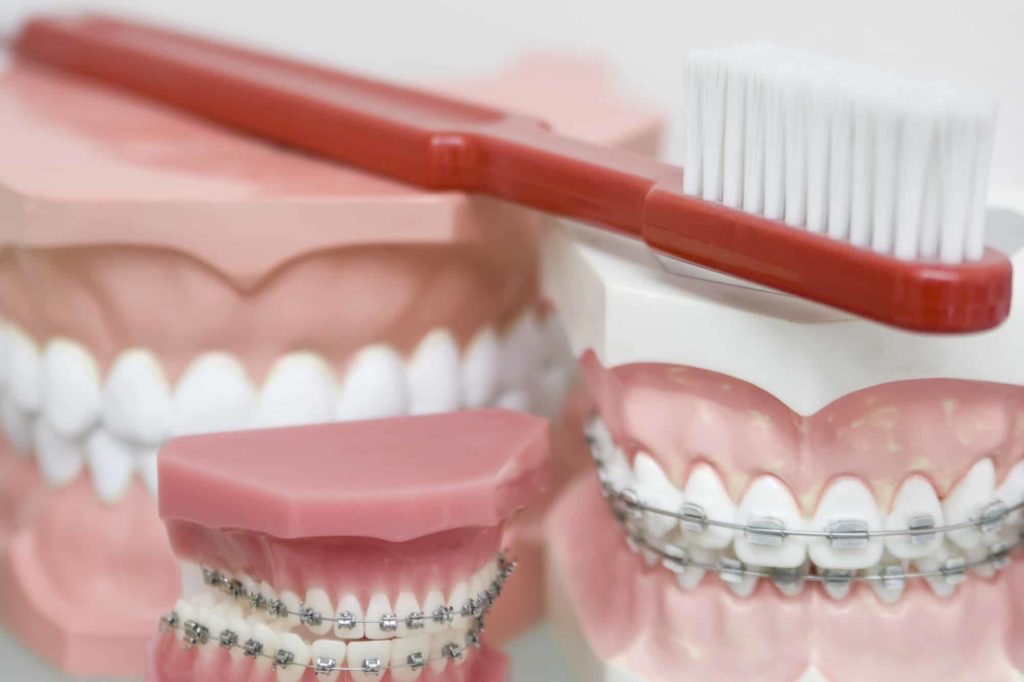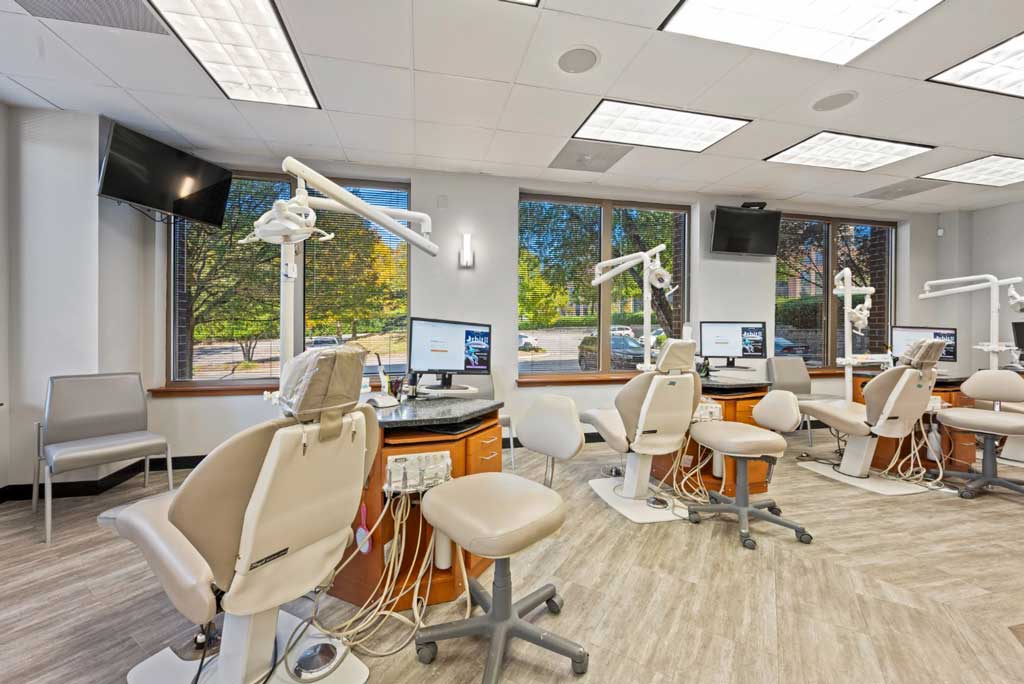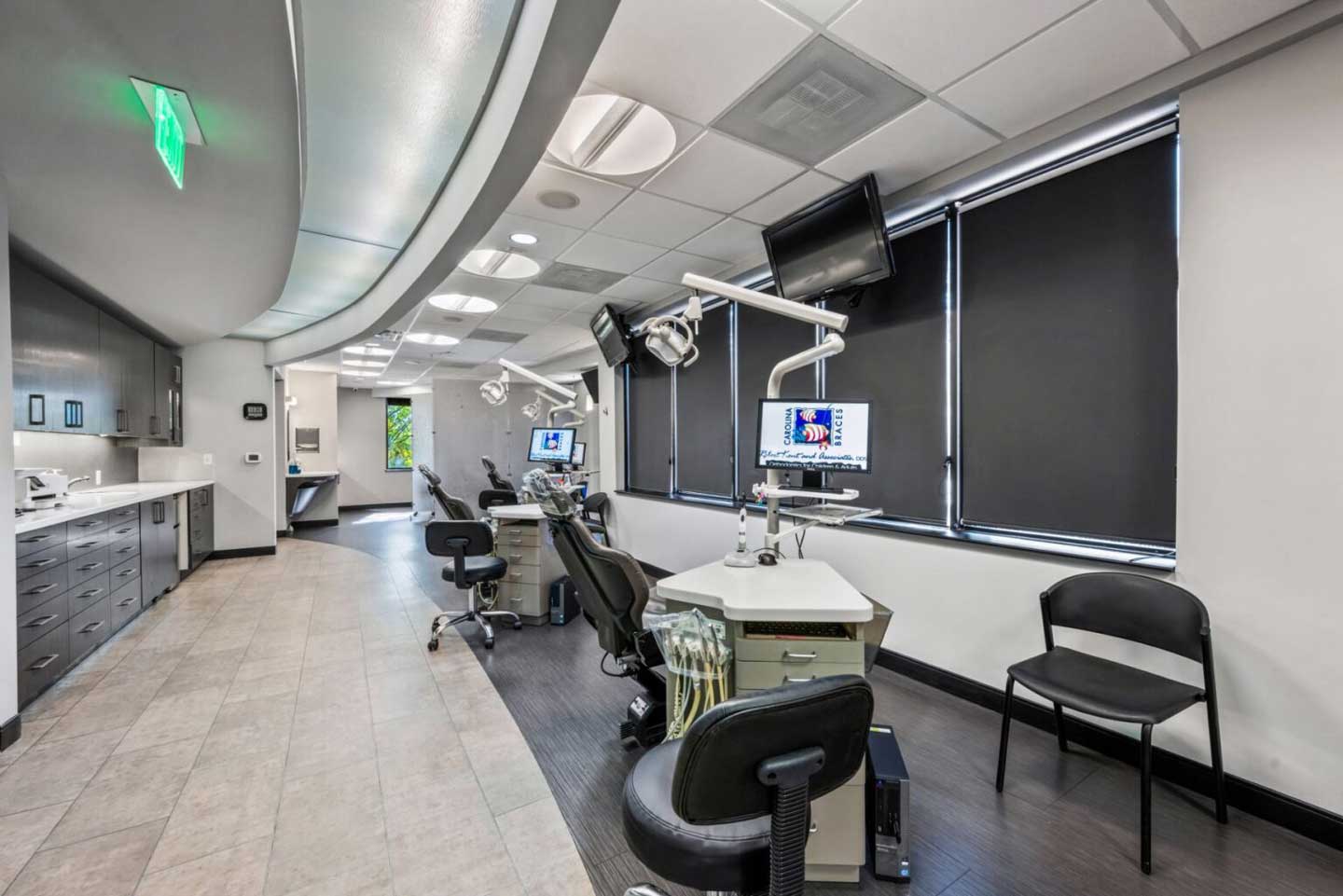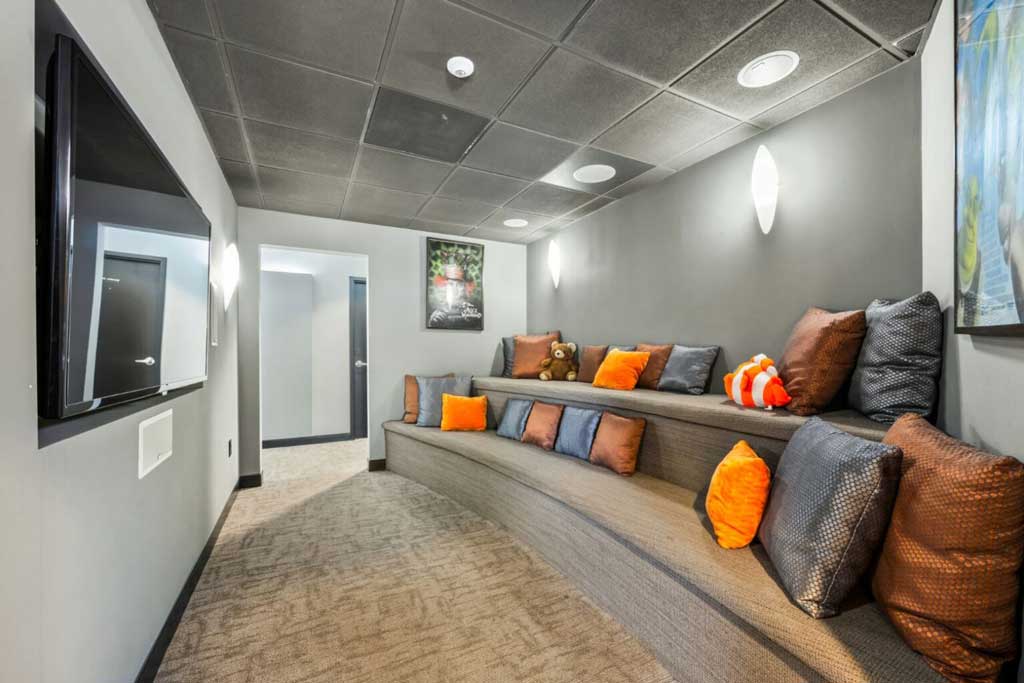Did you know that one out of every four orthodontic patients today is an adult? Braces are a common treatment among people of any age group, but it can feel daunting if you don't know what to expect. Whether you're an adult who needs a bite correction or your child's teeth are coming in crooked, we're here to help clear the air when it comes to getting braces.
Read on to learn seven of the most important things you need to know.
1. There Are Different Types of Braces
If you don't like the look of metal braces, you're not out of luck. If you didn't know, there are different braces options out there, whether you'd like fixed or removable options.
For removable options, you can opt for Invisalign trays or something similar. You'll have brackets bonded to your teeth for fixed options with wires holding them together.
For a more discreet look, you can talk to your orthodontist about ceramic brackets. Ceramic brackets are clear on your teeth, and they're a lot less noticeable than metal brackets.
2. Cost and Treatment Length Differs
It's important to speak with your orthodontist before you set expectations for cost and treatment times. Every practice has its own way of doing things, and both prices and how long you have your braces are going to depend.
Generally, you can expect ceramic or other invisible options to be more expensive than metal options, as they're more expensive to manufacture. Invisalign trays also have to be replaced consistently, meaning extra costs.
The best thing you can do is speak with your orthodontist about treatment options, potential payment plans, and the best choice for you and your unique situation.
3. Your Teeth Are Going to Be a Lot Healthier
No matter what your treatment is, it's definitely worth it in the long run. Sure, braces are great for aesthetics, but they're also going to help you improve your overall dental health.
If you get food stuck between your teeth frequently, you're automatically more susceptible to gum disease and tooth decay. By straightening your teeth, you're removing a big risk for your overall dental health.
Not only can they make overcrowded teeth easier to brush and care for, but they can also correct problems with your jaw and bite. Correcting issues like these helps prevent cavities and decay, and it also helps prevent problems within your temporomandibular joint (TMJ). If you have a speech impediment, you're also going to notice a change in your speech.
In the long run, this is going to help you avoid a further need for intervention. As you get older, your teeth change and experience wear and tear like the rest of your body. However, if you can brush and maintain them easily, you're going to notice a big difference.
4. There's No Need to Worry
Whether you're a teenager or an adult, braces aren't a big deal. People of all ages use this treatment to get their perfect smile, and you'll soon realize that you're not alone on your journey. In fact, you'll probably notice more people with them if you keep a close eye out.
5. Tightening Is Necessary
You'll need to get your braces tightened every four to six weeks, but the pain will not be as bad after those appointments. Again, it's best to keep soft foods on hand after these appointments. Any soreness you experience will likely only last one to two days, but you don't want to make any potential pain worse.
Things like soup and oatmeal are other great food options. Hard foods like ice, chips, or certain nuts can actually damage your braces, so be sure to ask your orthodontist about which foods would be right for you.
6. Changes Can Happen Quickly
You'll likely notice a slight difference within your first month of wearing braces, but it can generally take two to three months for your braces to make any noticeable changes.
Everyone will be different, so it's important not to set any expectations for your treatment. You might notice differences faster, or it might take longer. Patience is key when it comes to aligning your teeth.
Your situation is unique, and your treatment's effect might take less time than it does for others. It could also take a lot longer.
7. Don't Neglect Your Retainers
Once your braces are off, you're going to be given retainers. It's crucial to not neglect this part of your treatment, as you might end up having to get braces put back on if you do. Wearing them during the first six months after treatment is the most important step, but you might have to wear them longer.
Rotated teeth can take a year or more to stabilize after treatment. If you had gaps before that, you might need to wear your retainers permanently.
No matter what, it's important to remember that your teeth can always shift back to their original positions. If this happens, you'll need braces again, so it's important to listen to your orthodontic treatment instructions.
Getting Braces Soon?
While getting braces might not be the most comfortable experience, it is a rewarding one. Whether it's relieving the jaw pain that comes with an incorrect bite, or the satisfaction of seeing your smile in the mirror for the first time, you'll be happy once they're off. You'll also have gained the confidence you need to become the person you've always wanted to be.
If you're ready to get started, contact us to set up your free consultation today.





